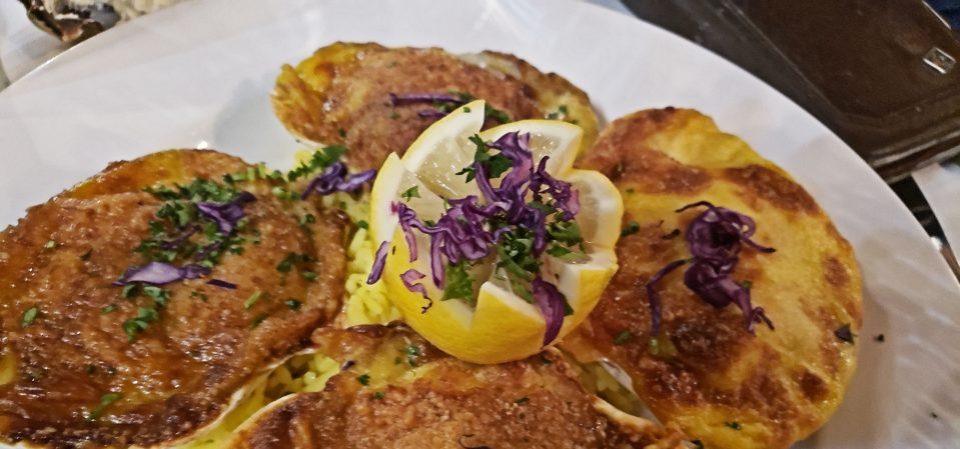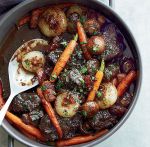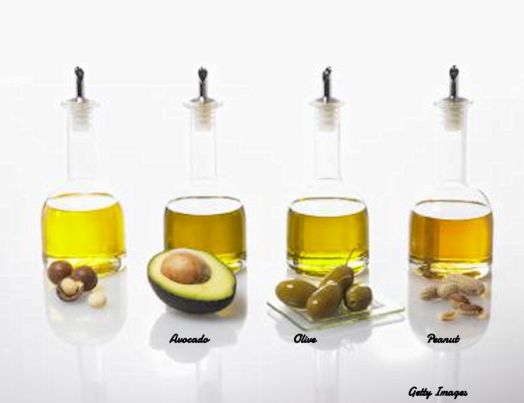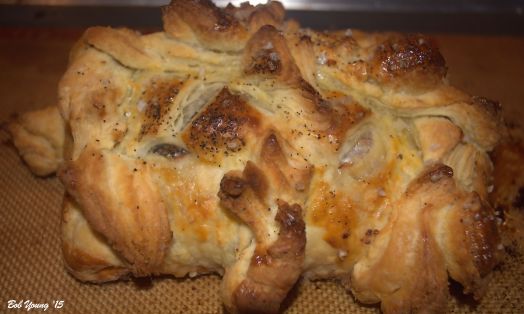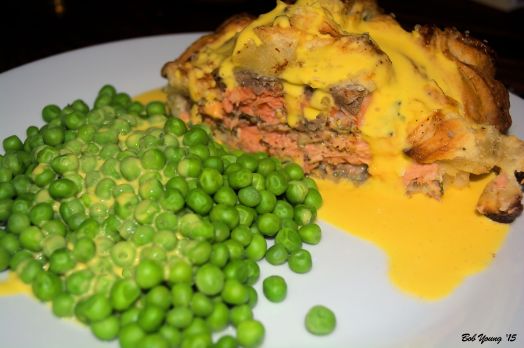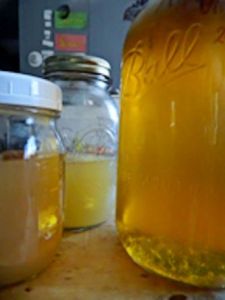Tags

It isn’t often that I write about a new restaurant and the By Invite Only dinner – pre opening – to “show off” their menu. But Coa Del-Mar, 2121 E Riverside Dr, Eagle, Idaho is one that I feel compelled to write about. It is well worth it. From their website, “… The nearly 10,000-square-foot restaurant includes a large patio that overlooks a pond.The restaurant will welcome customers on Monday, April 15. It has started to accept reservations on the Resy platform… The Latin and seafood-inspired restaurant will share similarities to both Barbacoa and co-owner Nikolai Castoro’s other restaurant in downtown Boise Coa De Jima. We’re going to bring hot rocks and icetinis and steak options, but the focus is on ceviches and fish options. We’re working to get seafood flown in fresh daily from Hawaii…In addition to its stunning artwork, Coa Del Mar boasts an impressive menu curated by Chef Enrique Martinez, featuring fresh seafood flown in daily and innovative takes on Latin-inspired dishes. From signature ceviches to Barbacoa’s famous “hot rock steak,” there’s something to delight every palate.”
It is large, spacy and can be rather loud due to the crowds of people. The art in the restaurant is all by local artists and it is beautiful. Prices are definitely high end but definitely worth it, and it would be a perfect place for that special dinner, for that special event, for that special person. Here are some photos of the restaurant. Thank you Joe Levitch for letting me join you for this event. I greatly appreciate it.

When you enter the restaurant, this is the artwork that greets you, less Joe Levitch.

The main dining room will keep you in awe with this beautiful Chihuly style glass work. It is huge and beautiful. That’s the inside. Now for some of the food and how each plate is presented.

Making guacamole at your table.

Fresh made guacamole

The Beef Taco plate is beautiful and the meat is extremely tender and well prepared.

The Seafood Platter has lobster, scallops and shrimp on a Truffle Whipped Potato bed. Delicious! Some of the other entrees follow.

The folks sitting at the next table, were kind enough to let me photograph their dinners. These are Crab Cakes and they look delicious and not over stuffed with filler.

Coconut Shrimp

Lobster and Mussels

Seafood Paella

Key Lime Dessert

Creme Brule
So there you have a small sample of the dishes they offer. They are delicious. I hope if you are in the area, you call for reservations starting Monday April 15. You may not get a seat if you don’t call. There is a complete wine and liquor menu.
